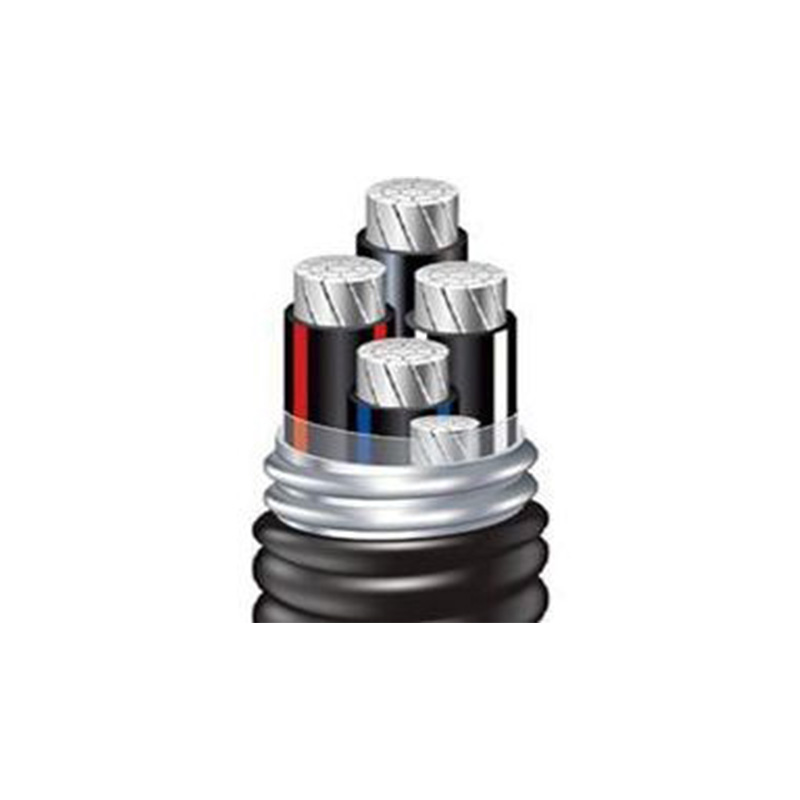دېكابىر . 29, 2024 09:38 Back to list
Double Plate Check Valve Design and Applications in Fluid Control Systems
Understanding Double Plate Check Valves A Comprehensive Overview
Double plate check valves are essential components in various fluid systems, primarily designed to prevent backflow in pipelines. By allowing flow in one direction and automatically closing when the flow reverses, these valves play a critical role in maintaining system integrity, preventing contamination, and ensuring operational efficiency.
What is a Double Plate Check Valve?
A double plate check valve is a type of check valve characterized by its two plates or discs that pivot on a central hinge. When fluid flows in the designated direction, the plates swing open, allowing passage. If the flow reverses, the weight of the plates ensures they come back together, sealing the valve and stopping any backflow. This design is particularly advantageous for high-pressure applications and ensures a reliable seal to prevent reverse flow.
Key Features and Benefits
1. Compact Design Double plate check valves are generally more compact than traditional swing check valves. Their smaller footprint makes them ideal for applications where space is limited, such as in pipelines that require tight alignment and installation.
2. Low Pressure Drop One of the significant advantages of double plate check valves is their low-pressure drop characteristics. The streamlined design allows for minimal resistance to flow, which is critical in maintaining efficiency and minimizing energy costs in fluid transport systems.
3. Quick Response The design of double plate check valves enables quick response to changes in flow direction. The plates can close rapidly in the event of backflow, providing robust protection to downstream equipment and systems.
double plate check valve

4. Versatile Applications These valves are widely used in various industries, including water treatment, oil and gas, chemical processing, and HVAC systems. Their adaptability makes them suitable for handling different types of fluids, including viscous liquids and slurries.
5. Minimal Maintenance Double plate check valves typically require less maintenance than other types of check valves. The simple mechanism and durable materials used in their construction lead to fewer breakdowns and longer service life, contributing to overall reliability.
Installation and Operation Considerations
When installing double plate check valves, it’s crucial to consider the flow direction and the orientation of the valve in the system. They should be installed in a horizontal position for optimal performance, although they can also function in vertical installations depending on the design specifications.
Regular inspections are recommended to ensure that the valve is operating correctly and to prevent any build-up of debris that could hinder the functionality of the plates. Monitoring pressure and flow rates can also provide insights into the valve’s performance and indicate when maintenance or replacement might be necessary.
Conclusion
Double plate check valves are vital components in many fluid systems, offering an effective solution to prevent backflow while maintaining efficiency in fluid transportation. Their compact design, low-pressure drop, and quick response make them an attractive choice for various industries. With the right installation and maintenance practices, double plate check valves can ensure the longevity and reliability of a system, safeguarding it against the risks associated with backflow and system failure. As technology advances, the materials and designs of these valves continue to evolve, further enhancing their performance and application potential in modern engineering.
Share
-
Reliable Wafer Type Butterfly Valves for Every IndustryNewsJul.25,2025
-
Reliable Flow Control Begins with the Right Ball Check ValveNewsJul.25,2025
-
Precision Flow Control Starts with Quality ValvesNewsJul.25,2025
-
Industrial Flow Control ReliabilityNewsJul.25,2025
-
Engineered for Efficiency Gate Valves That Power Industrial PerformanceNewsJul.25,2025
-
Empowering Infrastructure Through Quality ManufacturingNewsJul.25,2025